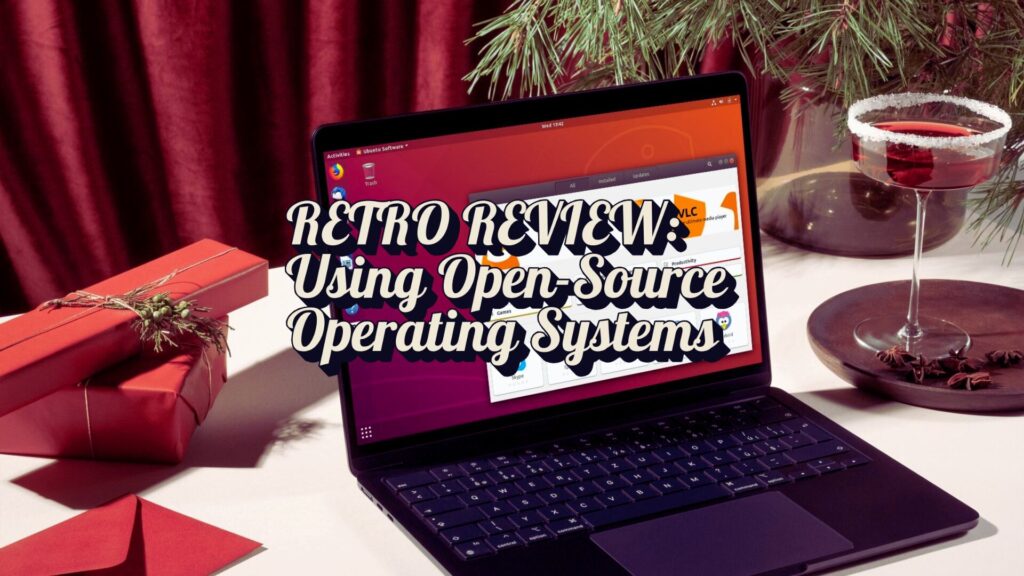This post was originally written in April 2018 after about a month of running Ubuntu 18.04 LTS as my main OS on a then-“current,” low-end Lenovo B50-30 laptop. I’ve proofread it for clarity but kept the original style and tone intact.
Alternative title: Or, how to use Ubuntu as your main laptop OS
Here we go: Ubuntu 18.04 LTS is out, and it’s one of the best-supported releases in the last two years. It already includes major changes: GNOME returns after eight years of Unity, and the default display server switches back from Wayland to X.org (thank God for those who use apps like TeamViewer).
For someone who uses Windows as the primary OS at work and home, moving to Ubuntu is a surprisingly easy* switch. Almost every app I rely on for work and college either runs natively on Linux or has a great equivalent. GIMP and Inkscape replace Photoshop and Illustrator; Kdenlive and other editors stand in for Premiere Pro and Vegas Pro; you can even install many Windows programs via Wine** and PlayOnLinux. LibreOffice covers Microsoft Office, and you can use Office 365’s web apps through your college account. Plus, Chrome, Firefox, and Sublime Text all have native Ubuntu builds.
On older hardware***, Ubuntu’s out-of-the-box experience is fantastic: it auto-detects drivers for graphics, Wi-Fi, Bluetooth—and even gamepads (including Xbox 360 clones). Some heavy-duty apps can slow down an aging machine, but that’s a hardware limitation rather than an OS flaw.
I’ve mentioned productivity apps, but what about games? Ubuntu excels at retro gaming. DOSBox runs classic DOS titles flawlessly, and RetroArch bundles emulators for NES, SNES, Game Boy, and more. PlayStation emulation works too, though performance can be a bit better on Windows if you use a dedicated PS emulator.
Overall, Ubuntu is just another OS for IT pros, but newcomers might find it a little rough around the edges. My recommendation: start with Linux Mint and the Cinnamon desktop to ease into Linux.
(*) You may need to tweak keyboard shortcuts to match Ubuntu’s defaults.
(**) Wine runs Windows DLLs and executables on Linux. And enables “emulation” of Windows subsystems within Linux systems, while not native it can help for some apps. And yeah, Wine isn’t acronym for “Wine Is Not an Emulator” as it states on their Homepage and FAQ.
(***) “Older hardware” here refers to an Intel Celeron N2840 CPU, 4 GB of DDR3 RAM, and a 60 GB 5,200 RPM HDD (after the SSD failed).
Cover image created using Canva, while text was proofreaded by Preplexity AI Pro.
